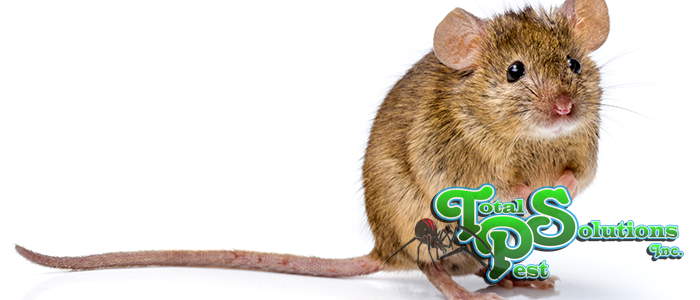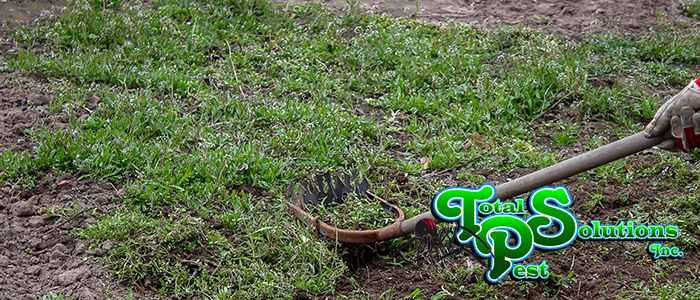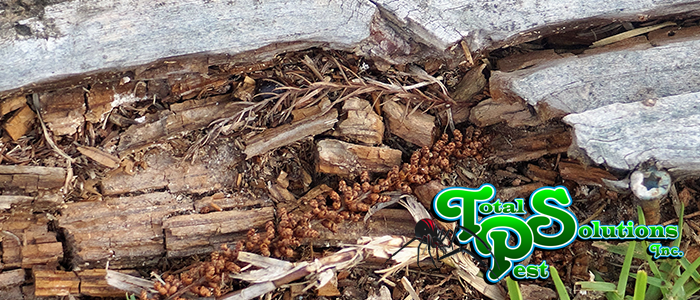
How to Find Mice in Your Home
If you’ve had the “pleasure” of seeing a mouse dart out in front of you in the middle of the night, you know you’ve got trouble. But tracking down and dealing with the problem can be difficult, especially since you only know where it’s actively looking for food if you see a mouse. Unfortunately, this won’t necessarily tell you where the nest is located. Even worse – If you see one mouse, you’re bound to have many more living in your home. So how can you track down a mouse in your house? Read on to learn about the behaviors of mice and where they like to hide.
The Dangers of Mouse Infestation
Mice keep themselves pretty clean – That is to say, they lick their paws and scrub at their faces to remove grease and oil and anything else that bothers them… But that doesn’t mean they aren’t carriers of many diseases – Such as leptospirosis, hantavirus, hemorrhagic fever, and more. One thing a mouse will never spread is rabies, however. Bites still warrant a trip to the doctor in the event blood is drawn, but for other reasons: Bacteria cling to their bodies as they rifle around in the trash and are spread as they wander about and forage. Mice are also often covered in mites and fleas, which can spread to pets and humans and leave uncomfortable bites.
Beyond this, mice can damage your property and even lead to shorts in your electrical systems as they bite through cords in your wall, potentially leading to fires. In addition, the teeth of mice never stop growing, so they chew constantly to keep them trimmed down. This means they can bite through belongings and furniture and stain surfaces with their droppings and waste.
Where Are Mice Found?
Mice prefer dark, secluded areas that don’t get much traffic. Attics are particularly vulnerable to mouse infestation, making nests in the insulation. Here, they enter wall voids – The spaces inside of your walls. Since they are nocturnal, you can hear them running and biting in the walls as you’re going to bed. They often set up nests behind pantries or behind the cabinets, where they have direct access to vulnerable food sources. They’ll sometimes even move into unused drawers, storage boxes, or anywhere else that’s secluded. If you don’t use it very often, the mice probably will.
Signs of a Mouse Infestation
Mice leave droppings everywhere. These look like dark-colored grains of rice, often found along walls or in the back of kitchen drawers. You may also find holes in clothes, fabrics, insulation, baseboards, and food packaging. Mice can bite through a lot of things. Another telltale sign is hearing them run and scratch and bite in the wall.
If you want to verify if mice are using an area frequently, you can lay out a small layer of flour and look for tiny footsteps in the morning. If you plan on using traps, keep in mind that they are best placed along baseboards, between cabinets, or in the back of drawers. However, it is very hard to get rid of an infestation with traps alone. For this reason, and the risks mice present, we recommend calling us if you have a mouse infestation in Polk County or the surrounding areas.
continue reading
Related Posts
Holiday Pest-Free Homes in Winter Haven: Avoiding Cargo Pests As
Auburndale’s Mole Cricket Damage: Repairing Turf Before Frost As the
Lakeland’s Fall Termite Swarms: Early Detection Tips As the summer






